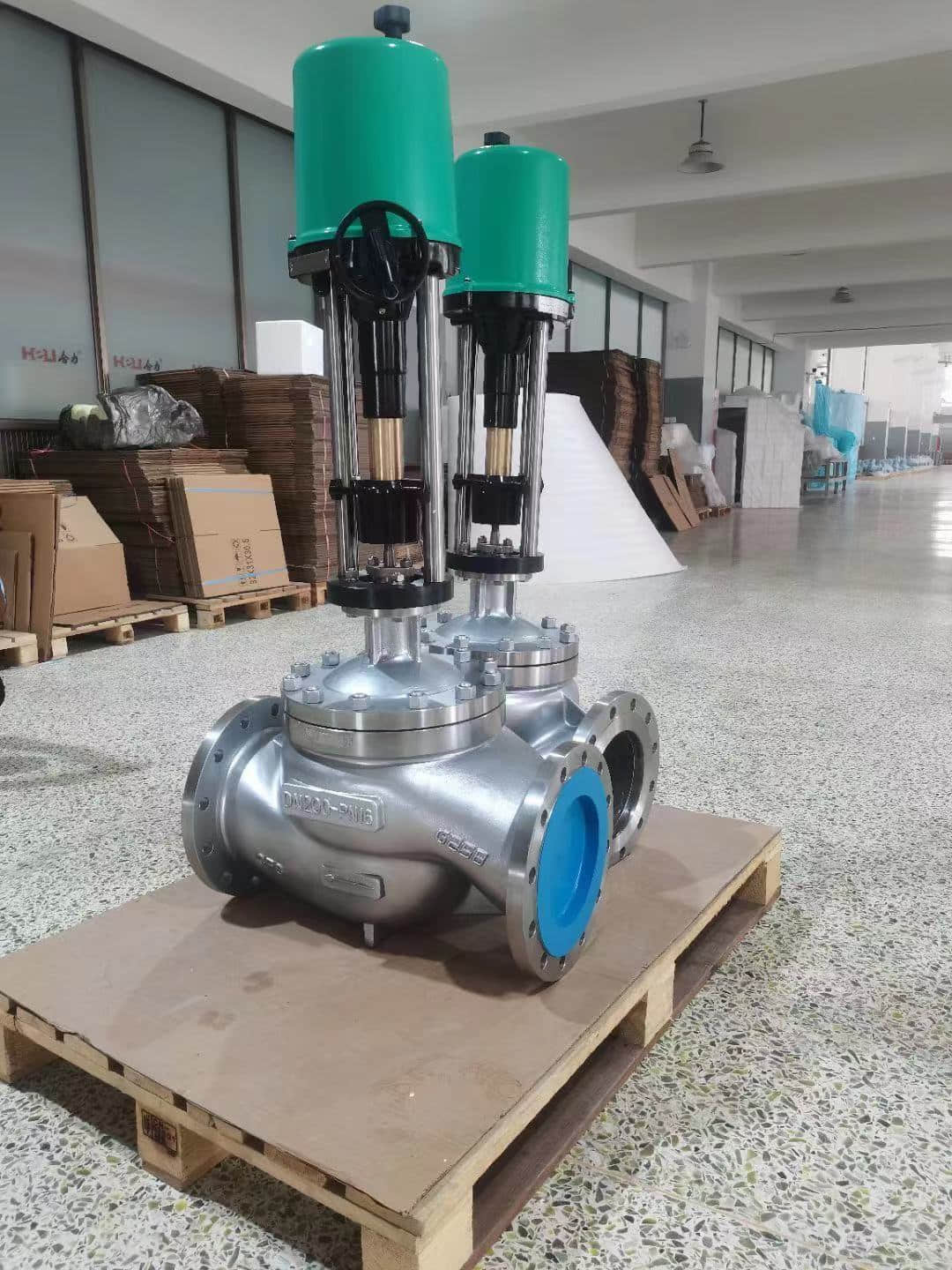understanding the wcb electric single seat regulating valve
Release time:2024-11-26 08:02:34
The WCB Electric Single Seat Regulating Valve is an essential component in various industrial processes, providing precision control over fluid flow and pressure. This type of valve is specifically designed for applications requiring consistent performance and reliability, making it a preferred choice in industries such as oil and gas, chemical processing, water treatment, and power generation. This article explores the design, functionality, advantages, and applications of the WCB Electric Single Seat Regulating Valve.

Design and Construction The WCB Electric Single Seat Regulating Valve features a simple yet effective design. It typically consists of a valve body, a single seat, a diaphragm, and an electric actuator. The valve body is often made from durable materials such as carbon steel or stainless steel, ensuring resilience against high pressure and temperature conditions.
The single seat design minimizes turbulence and provides a linear flow characteristic, which enhances the valve's ability to regulate flow accurately. The diaphragm acts as a sealing element, preventing leakage and ensuring that the valve operates effectively under various conditions. The electric actuator allows for automated control, enabling precise adjustments based on the demands of the process it serves.

